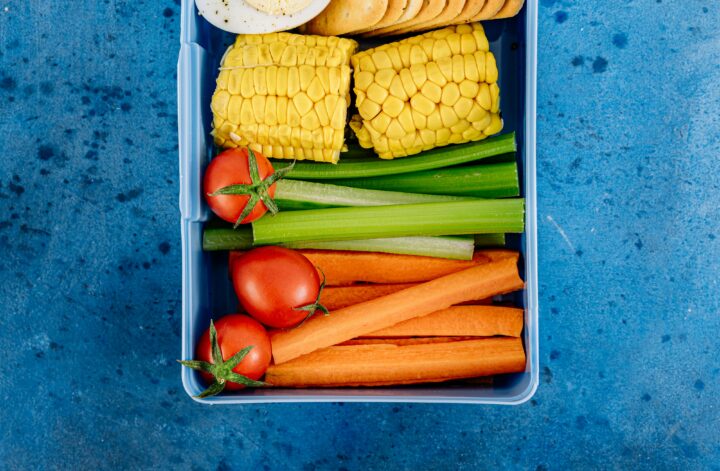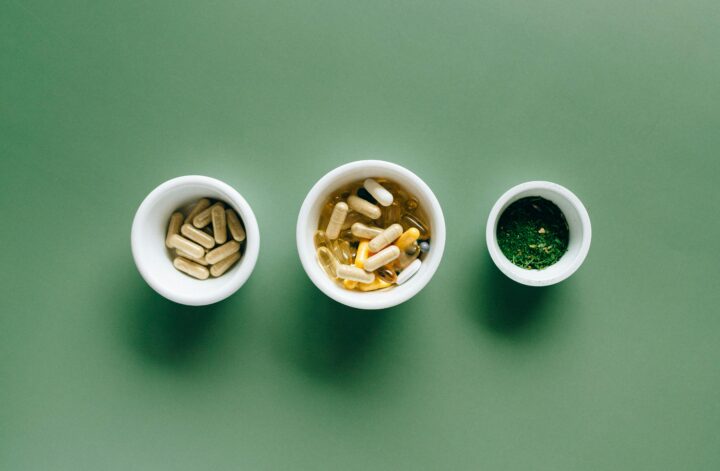The Western diet is at the forefront of many of the health problems in our culture. But chief among them are conditions relating to mineral deficiencies. When the body gets low on these, you just don’t feel right.
The main problem is that most people aren’t eating enough healthy, fresh food. And even those who are may still suffer from a lack of nutrition due to soil depletion and other issues.
So, which healing minerals don’t we get enough of? And how can we get more of them?
Calcium
Strange as it may sound, a lot of people aren’t getting enough calcium. You’d think with the amount of milk and cheese consumed in our culture that calcium would be okay, but it isn’t.
One problem is that the calcium in milk isn’t always accessible. Fats and proteins in dairy prevent it from getting into the system.
The other issue is the low intake of leafy greens, the other main source of calcium. Again, people don’t always get enough of these to support their well-being.
Magnesium

Magnesium is perhaps the best-known mineral deficiency in Western cultures, again because of the low intake of beans, whole grains, and other whole foods that contain it in abundance. When you look out into nature, magnesium is everywhere, just not on our plates.
Magnesium intake matters because it is critical for stress regulation. People who get a lot of it in their diet are often much better at dealing with life’s challenges than those who only consume a little.
Unfortunately, processed foods don’t contain much magnesium, so the best place to get it is in the produce aisle.
Iron
Iron is another mineral that most people lack. Anemia is a complex disease caused by multiple factors, but iron store depletion can be an issue.
Iron deficiencies are more common in women. Symptoms include things like shortness of breath while exercising, low mood, and feeling depleted or lacking energy to do things.
Sometimes, people correct iron deficiency by taking iron tablets. However, that may not be the best course of action in most situations. Usually, anemia results from low B12 or low folate (greens) intake, so correcting both of these may eliminate symptoms.
Zinc
Zinc is another trace element we don’t get enough of in the Western diet. It’s found in high concentrations in organ meats and seeds and is essential for wound healing and overall skin health. However, it can be low in plant-based diets (simply because it doesn’t concentrate well in plant tissues).
The simplest solution is to take a supplement. These are inexpensive and usually correct zinc-related issues very quickly. It’s also an option to eat organ meat, but then you are putting yourself at risk of other health issues.
Copper

Finally, copper is another mineral we don’t get enough of in the Western diet. It’s often missing in processed foods. The best places to get copper are dark chocolate, nuts and, would you believe it, tea. You don’t need much of this trace mineral, so minute amounts will suffice.




